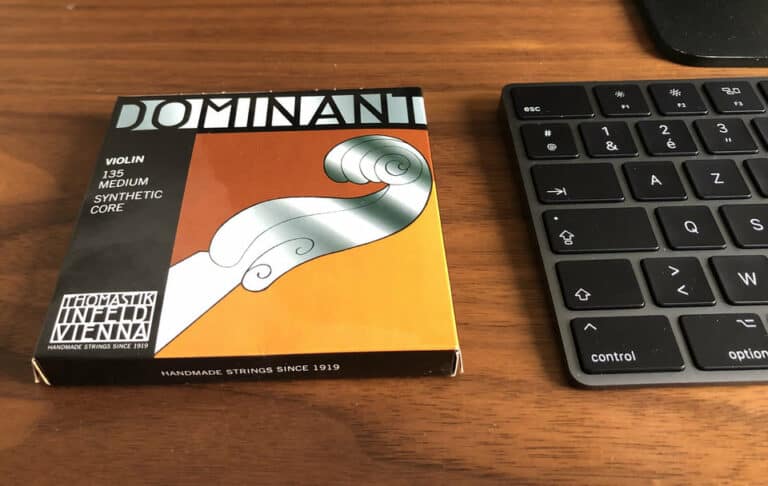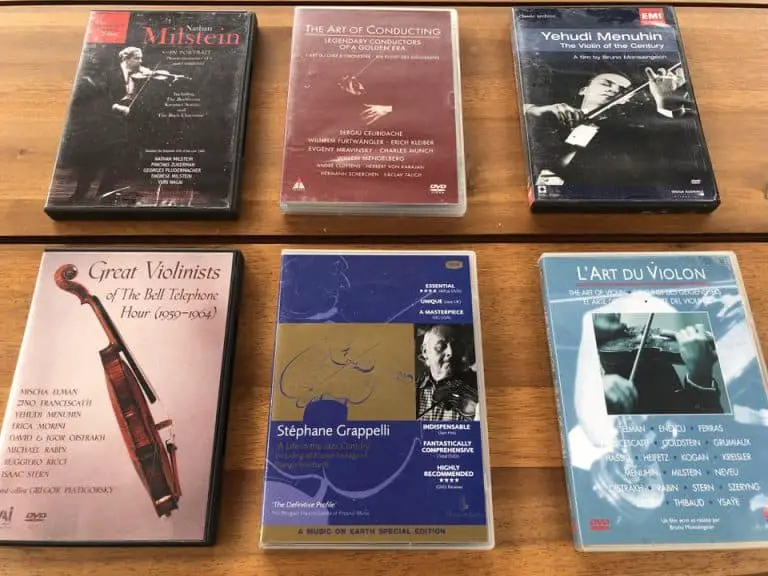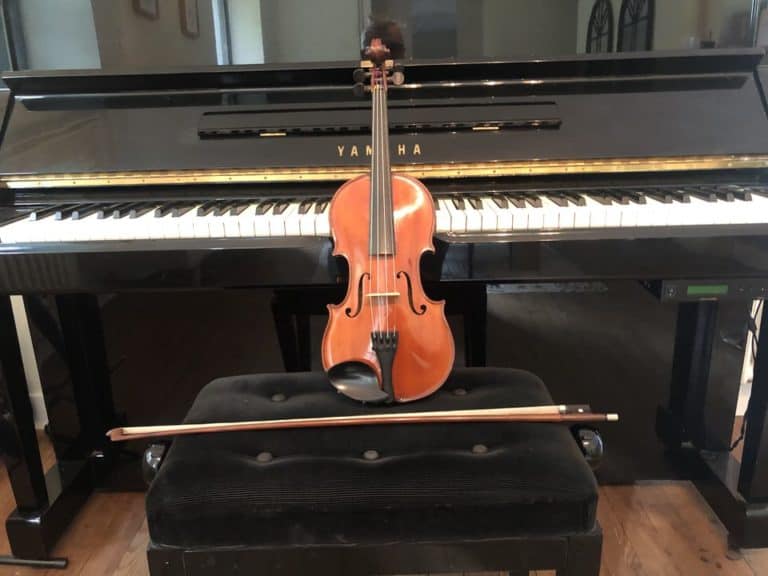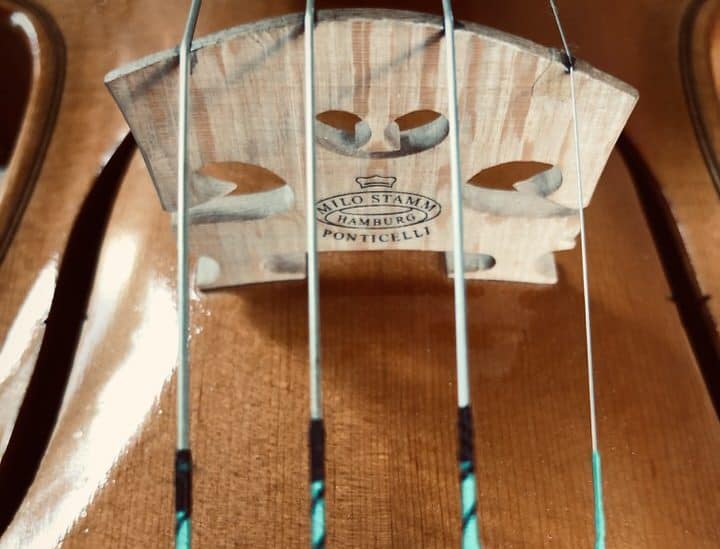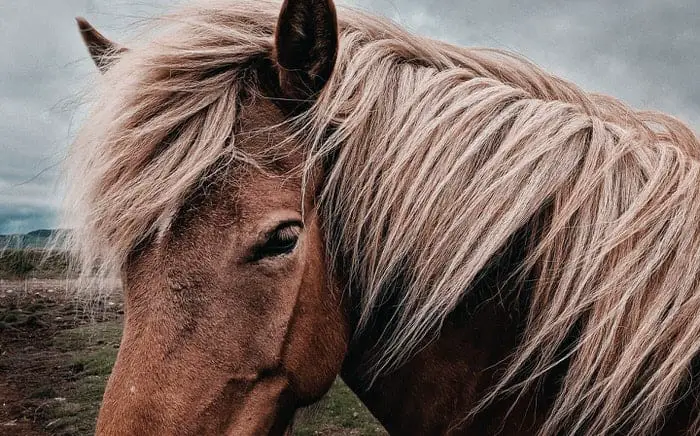Are Violins Vegan? Can Vegans Play the Violin?
Violins are made the way they are today for many centuries: basically from Andrea Amati (16th century). Even if technology and science have significantly evolved since then, violins today are mostly crafted the same way they were back then.
The violin is made out of wood (spruce, maple, and ebony). Good quality instruments can trace back their wood. Sustainable management of forests is becoming the norm for violin making. Strings are made of synthetic materials and not only gut: so they can be vegan as well.
I have explained in that detailed blog post what violins are made of. And if we closely look at all these materials, it is interesting to see that violins have been mostly vegan from the start, with a few interesting and easily overcome exceptions. Let’s find out.
The violin is made out of wood
Different types of woods are carefully chosen to make a violin. Spruce for the top, maple for the bottom and neck, ebony for the fingerboard and tailpiece. These woods are not particularly rare or endangered. Rosewood can be used for the fingerboard if needed, and many other kinds of wood can be used for the tailpiece and button, such as boxwood, for example.
Vegan-aware musicians like to know that the wood comes from carefully managed forests. And it is the case, especially for the Pernambuco of the bow, as I have explained, but also in the case of the violin. Sustainable use of the wood is always preferred; your local luthier will sell you an instrument whose wood can be traced back. You can’t ask that if you buy any instrument online.
The varnish of string instruments is vegan
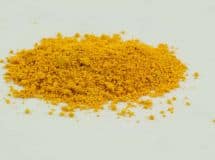
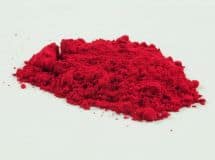
There are two types of varnish for violin: a varnish made on a base of oil and a varnish made on a base of alcohol.
The alcohol is a base where natural pigments are dissolved to give the violin its particular color. Turpentine oil, which is a solvent and not an oil, can be used as well to solve the varnish.
The oil is usually linseed oil, sometimes walnut oil.
Varnishes are used to protect and embellish the wood. It gives the wood color and transparency, with a 3D look effect. The main compound of the varnish is a pure resin of various plants. This product is close to the rosin we use on bows and is made of sap that naturally drops down the side of pine trees. These resins are fresh such as pine sap, or pre-historic such as Amber.
Natural-colored pigments are added to give its aspect to the violin. Pigments are usually iron oxide, mercury sulfate. Modern pigments include cadmium.
The case for Shellac
Shellac is one of the most common varnish materials. This substance exudes from cochineals that live on an Asian tree (source).
This insect (Kerria Lacca) originates from South East Asia and produces a natural animal resin with a bright yellow or orange color. It is commonly used for make-up products (lipstick, nail polish) and even food additives.
With the exception of Shellac, which is sometimes used but not always, it is fair to say that violin varnishes are vegan. To be sure, ask your luthier. He or she will be able to say exactly what has been used to make the varnish. Again, the more we look for quality and knowledge, the more your local violin make will be important as opposed to violins made in the other end of the world in an industrial process.
Gut strings and synthetic core strings
Now, let’s address the elephant in the room: the strings. Violin strings used to be made with sheep gut. After the beginning of the twentieth century, violinists started to use metal strings, especially for the E and A (the two higher-pitched strings), while the G and D still were made out of sheep gut. Then, gut strings became wound gut: the exterior became metal, but the core remained gut.
After the 1940s, stranded core and nylon core strings were becoming the norm. Now, synthetic core strings manage to get the rich tone of gut strings with the resistance and brilliance of gut strings: the best of both worlds.
Whether plain or wounded, gut strings are essential for historically aware performances, especially for baroque music. If you buy a set of strings without asking, chances are you will get steel strings or synthetic core strings. Now, violin, viola, cello, or bass strings are vegan.
Tail cord : from gut to Kevlar
The tail cord is the string that secures the tailpiece to the button of the instrument. It used to be made out of sheep gut, like strings. It cannot be proved that a gut tail cord really enhances the sound or improve it. So, as technology evolved, the tail cord has been made out of steel, but more commonly nylon or even kevlar.
Violin embellishments
Most of the violins were just plain and straightforward crafts, whose only embellishments were the scroll (or volute), the inlays around the edge of the back and table. Those inlays are made out of ebony and serve the purpose of preventing the wood from splitting.
If the violin was to be decorated, it was usually through drawing on the wood under the varnish. But it was rare. Sometimes mother of pearl was used to embellish the tailpiece, but again, it is most uncommon because it can hinder vibrations and deteriorate sound.
So bone or mother of pearl were the two primary decoration materials used, except precious stones found even more rare cases. Those have not been used for a long time, and violins are not embellished anymore the way violin bows still are.
Other parts of the violin are also vegan: chin rest, shoulder rest
The last parts of the violin that are accessories that we haven’t mentioned yet are the chinrest and shoulder rest. They are mostly made of wood (boxwood, ebony, or rosewood) and metal (steel); now, it is even easier and cheaper to buy them made out of synthetic material. As the material used for these accessories has no impact whatsoever on sound (only on comfort and aesthetics), it is easy to be completely vegan as well.
In conclusion, string instruments are vegan now as historical materials are not used anymore. The wood comes from sustainable forests, the varnish (and rosin) are made of organic natural ingredients. To be extra sure, trust your local luthier and do not buy everything on the internet.

